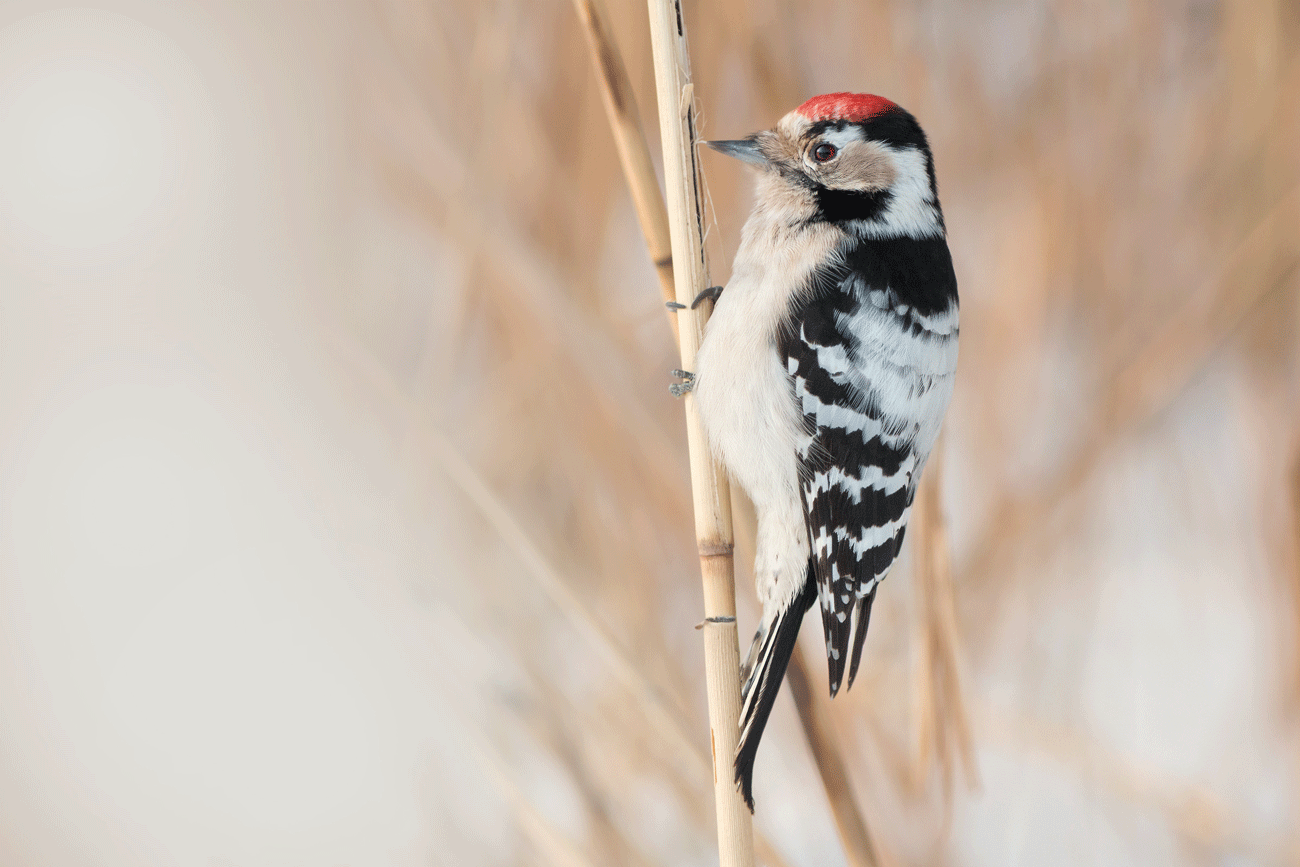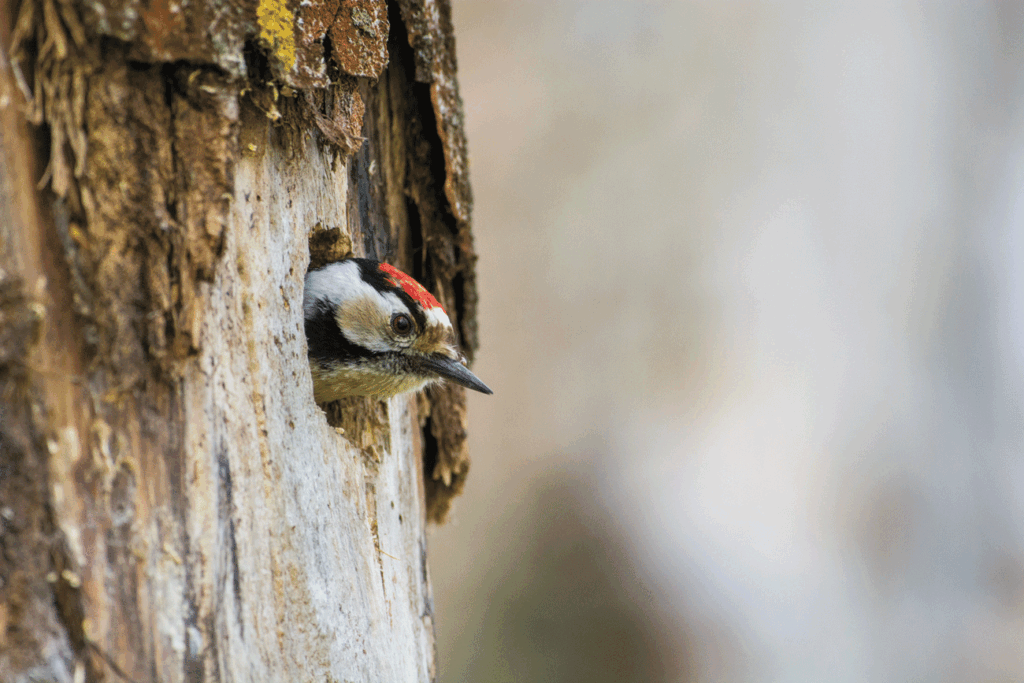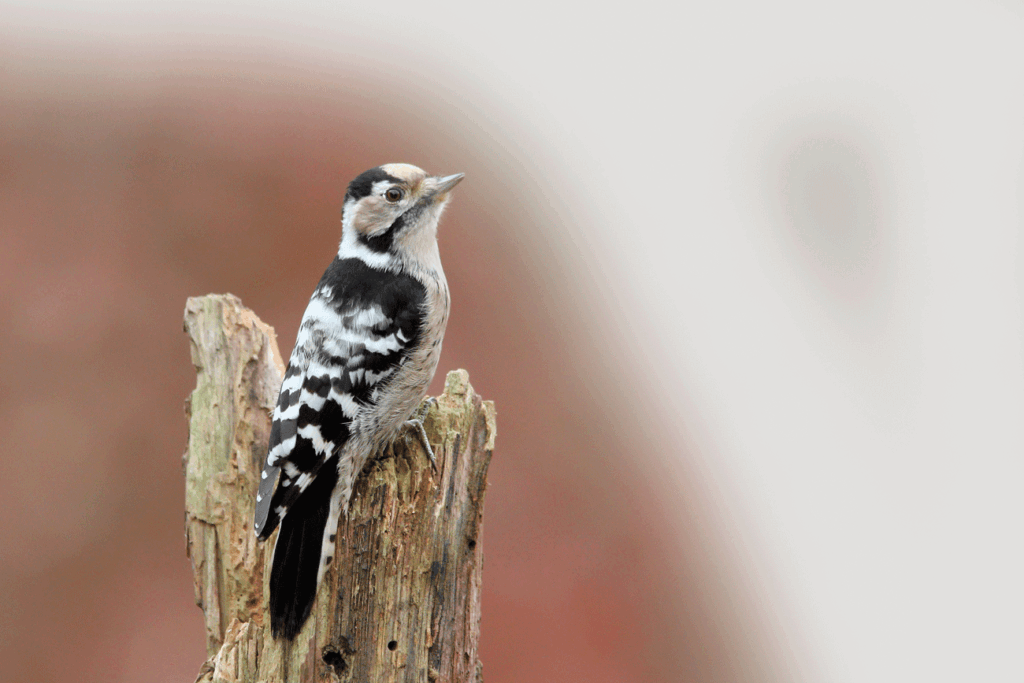
Have you ever accidentally re-found something you thought was long lost?
Perhaps it was an old photo of a loved one that was slipped into a rarely used book for safe keeping and then forgotten about.
Or maybe a cherished keepsake, unseen for years, because it had mysteriously made its way into the loft only to at last be rescued from a box when you were hunting for something else?
What strikes me when this happens is that the thing I’m rejoicing to see again is just as I remember it. Well, well. Much has changed in all those intervening years but, somehow, I am surprised the missing object has remained unaffected. And all the time it was never far away.
It was just like that earlier this year when I had a delightful re-acquaintance with a small bird I had almost given up finding again in Cranleigh, or anywhere else. The Lesser Spotted Woodpecker. The emphasis these days is certainly on the ‘lesser spotted’.

They were never easy to see but up until the 1980s there were sightings annually in and around the village. In the very early Spring their rapid ‘drumming’ on the high branch of an oak tree gave them away.
I have happy memories of a courting pair, little bigger than Great Tits, playing their version of kiss chase and dancing around an apple tree in the garden.
The Downs Link was often good for them. One day I saw and heard three males giving their sharp drawn out ‘kee-kee-kee-kee-kee-kee-kee-kee’ calls within 100 metres of one another. But I, and others, took them too much for granted.
Gradually their numbers dwindled, like many other species, and birders throughout Surrey reported they were just not finding Lesser Spotted Woodpeckers anymore.
It was sadly the same story across the country. Reports of sightings were eagerly followed up but these often turned out to be mis-identified Great Spotted Woodpeckers.
Many tried to find a Lesser but with a falling population it got tougher. Records came from 40 Surrey localities in 1999 but by 2018 only 17 sites were known. And the bird is very secretive.
Would-be finders were up against the problem that it tends to live high up in the tops of trees where branches and leaves obscure it.
The best time to hear one is shortly after dawn. That is too early for most casual observers. And they are usually only heard from February to April. The weather then is often too unattractive for many people to venture out.

Some who tried to find ‘Lesser Spots’ gave up too soon. They checked a local woodland and, drawing a blank, they never returned. Now it has been discovered that, even where the species is known to be present, you must visit the area an average of four times to find one.
The lack of sightings was compounded by many people just giving up ‘wasting time’ trying to find one in their locality. Birds were therefore unreported because efforts were being concentrated on well-watched areas likely to provide more guaranteed sightings.
It was late March when I discovered the bird hangs on in Cranleigh. I unexpectedly heard one calling in a wood and was immediately transported back to the 1990s when I last saw one in the village. There was no mistaking this old friend. But hearing is one thing – seeing is another.
I walked quietly to where the call was coming from and waited silently. After ten minutes I could hardly believe my luck when it flew into the oak above me, called a few more times, and moved to feed on the rotten trunk of a neighbouring silver birch.
It used its long black tail as an extra leg for stability as it did what woodpeckers do. Pecked into the wood. The bird was a female, lacking the male’s red crown, and had distinct white ‘ladder’ markings on its black back. Underneath it was creamy white with feint black streaks down the side of the breast. You beauty!
I watched in awe at this re-discovered gem. All too soon the show was over. The bird flew off and from a different part of the wood I heard another calling which was surely the male.
By now, they have hopefully bred successfully and there are more, not lesser, to be found.
I have always suspected the ‘LSW’ is still around and reckon it is highly likely there are more to be found here. If you manage to find one then I would be delighted to hear from you.











